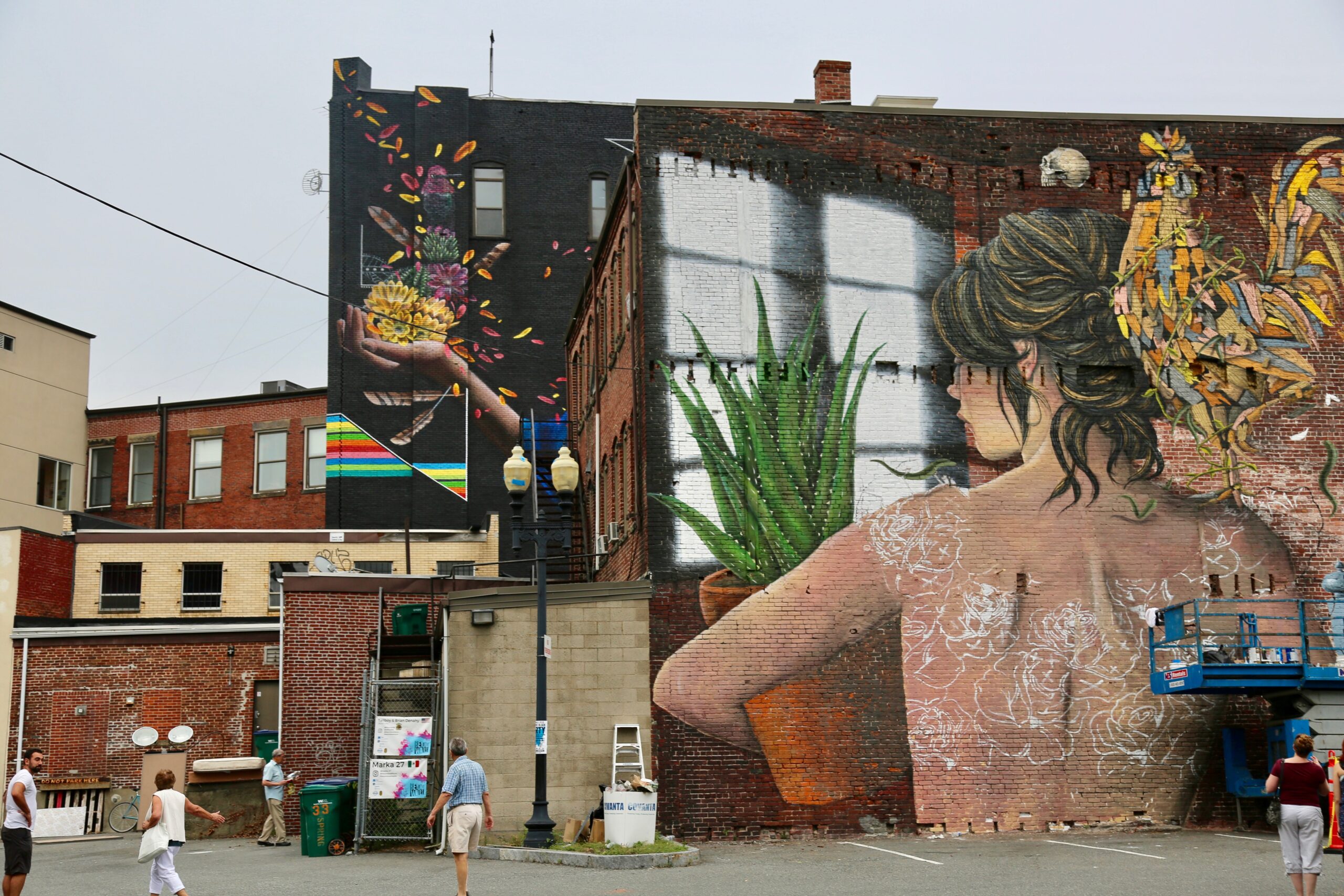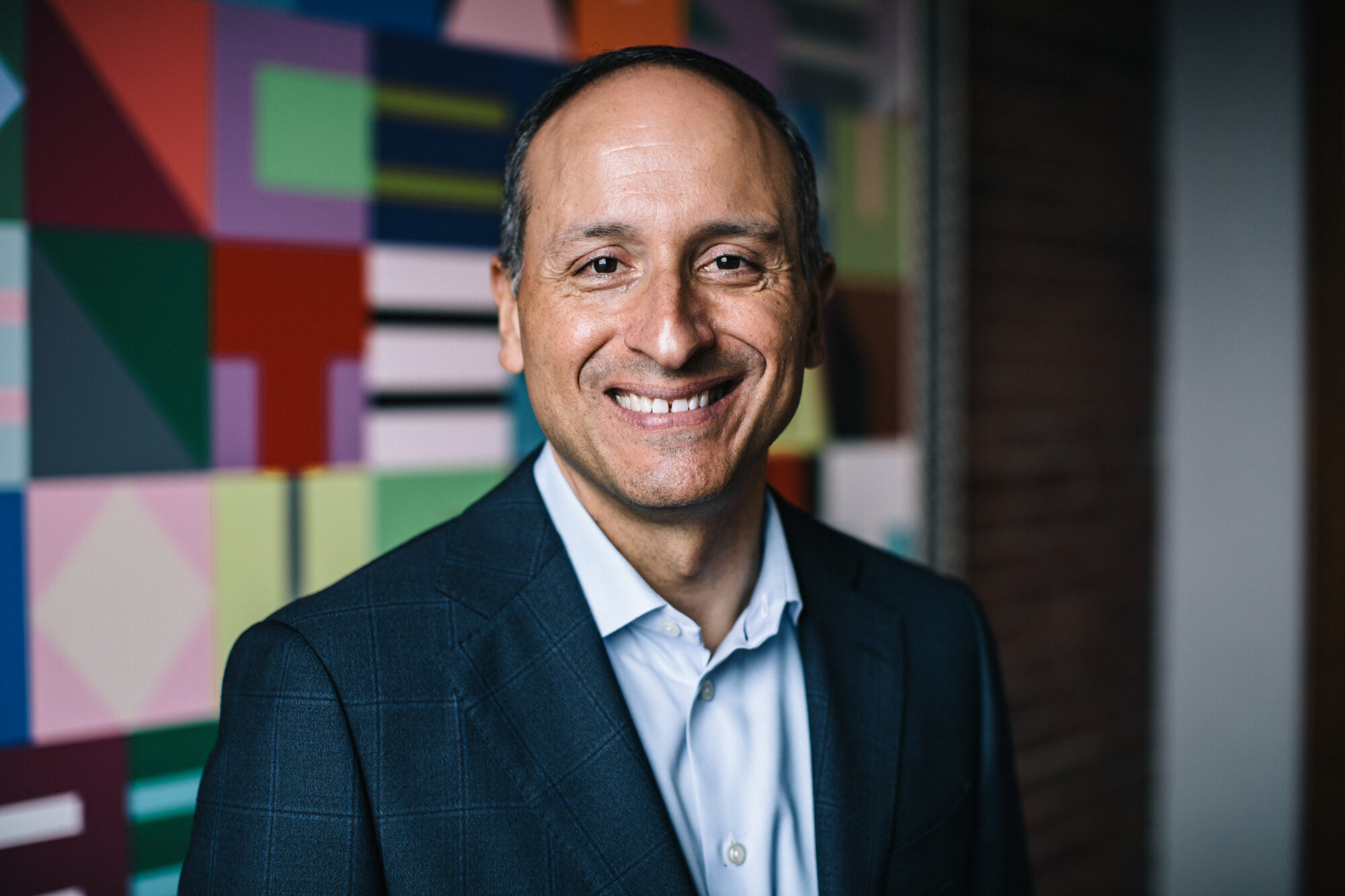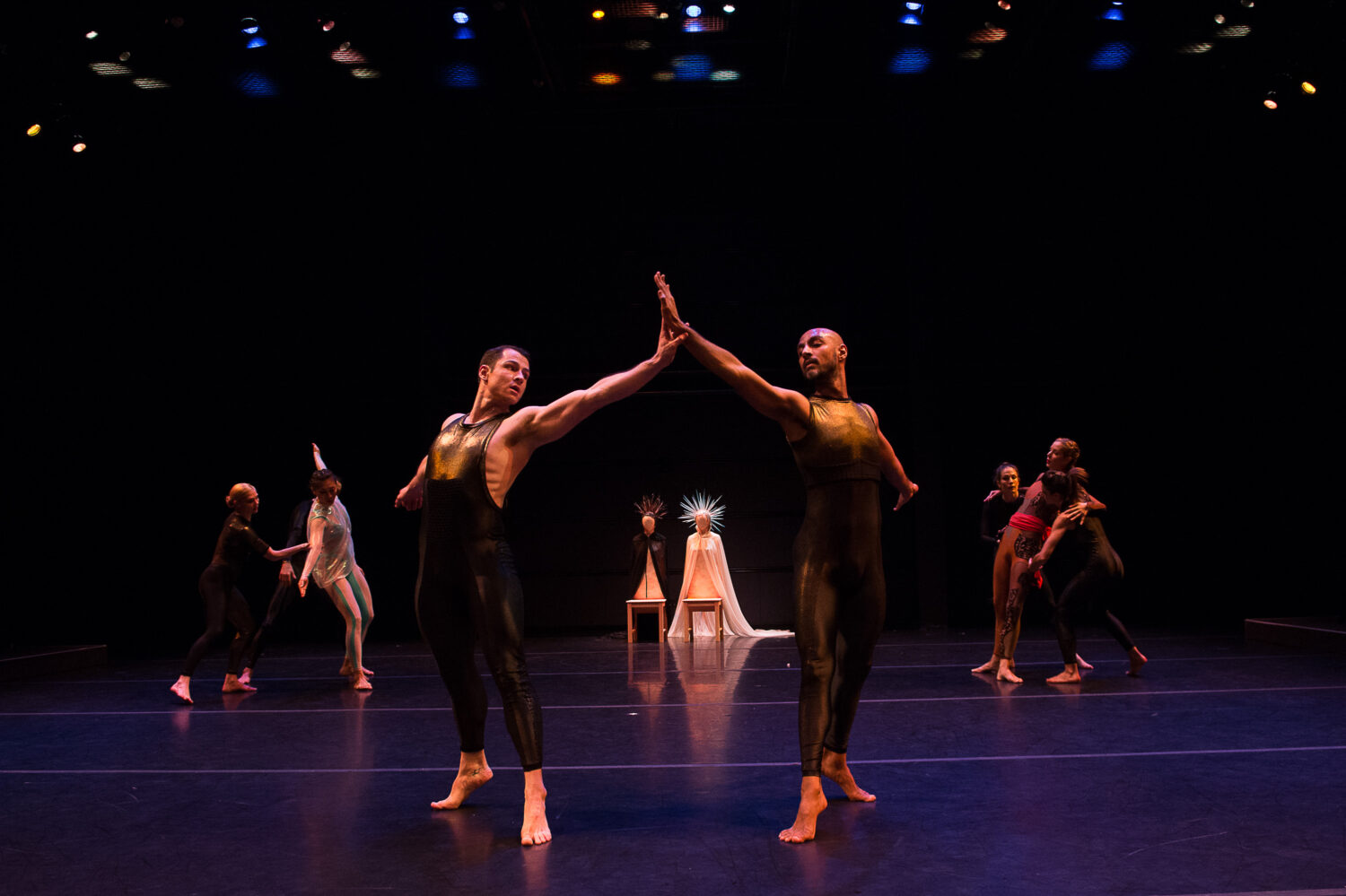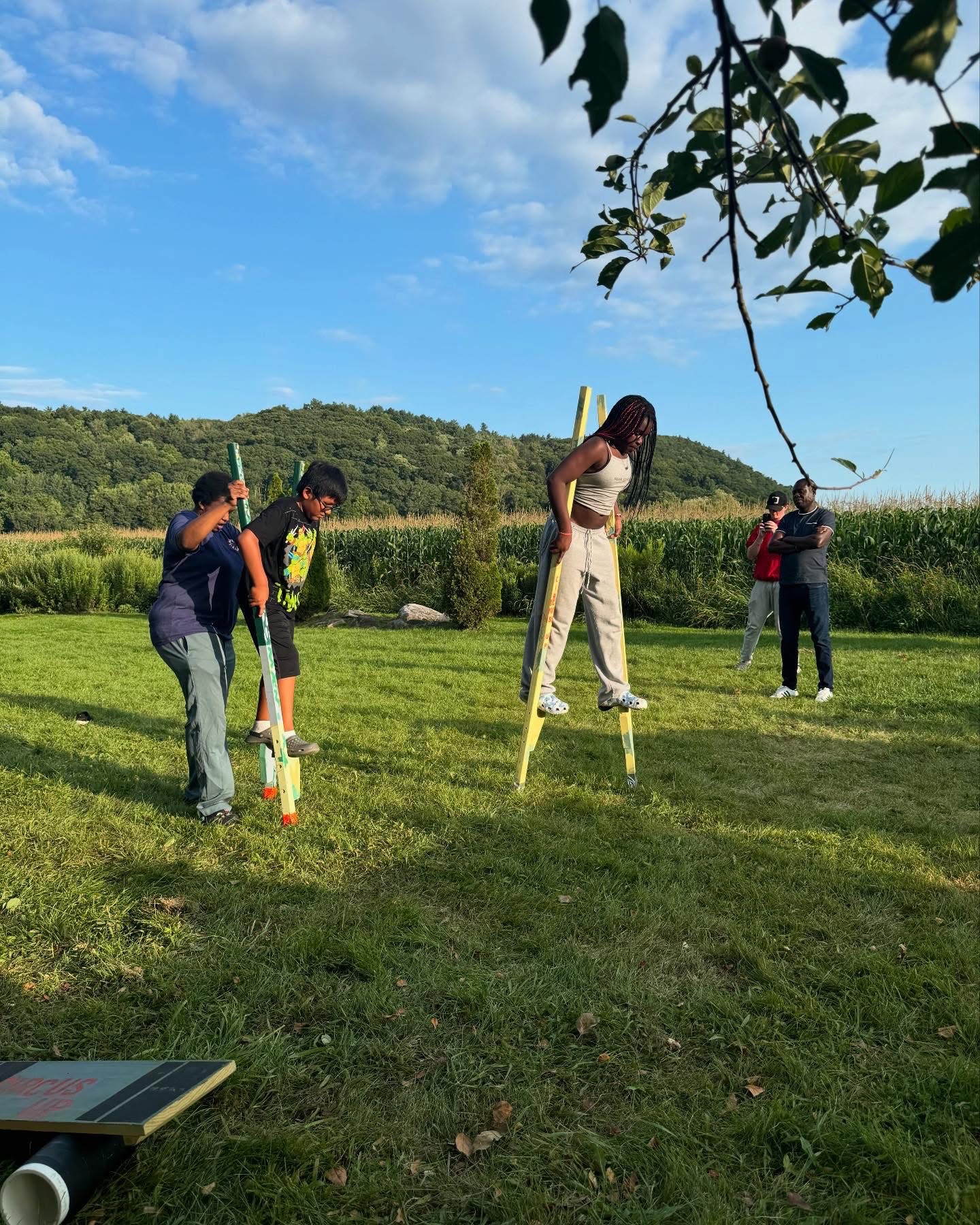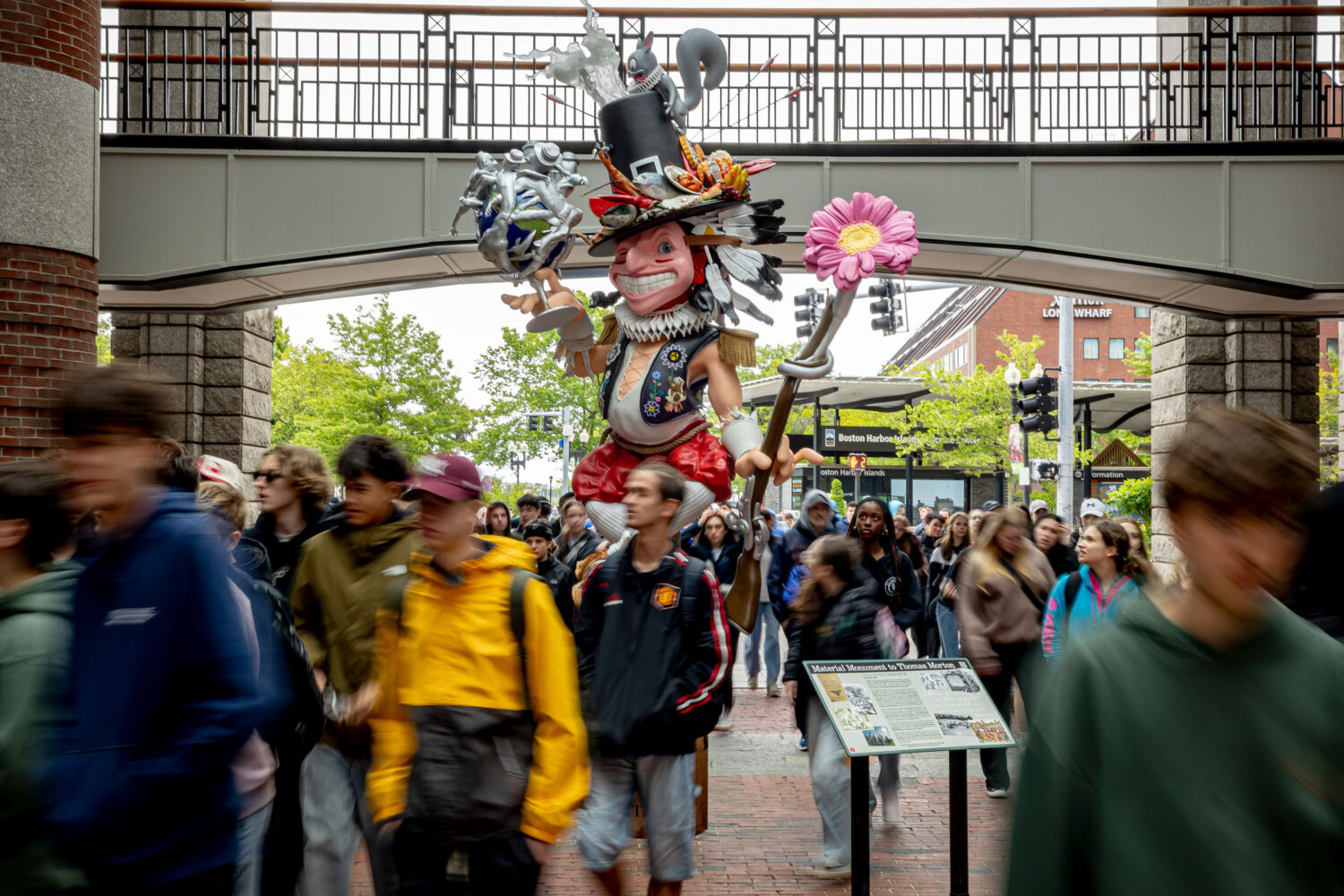On September 25, Jim Canales joined Massachusetts State Senate President Stan Rosenberg, Boston Mayor Marty Walsh, Greater Boston Chamber of Commerce President and CEO Jim Rooney, and other leaders to celebrate the release of new economic impact data from New England Foundation for the Arts (NEFA) and Americans for the Arts (AFTA) on the power of the region’s creative economy. Below are Jim’s remarks from the press conference.
Good morning everyone, I’m Jim Canales, president of the Barr Foundation.
At the Barr Foundation, we believe arts and creativity are essential for vibrant, vital, and engaged communities. And what we are also coming to discover through research and analysis is that arts and creativity serve as major economic drivers.
In an effort to understand just how much that is the case, Barr supported two new studies by both NEFA and AFTA to better understand this important sector, its contributions, and its needs.
The results of these studies–really for the first time–provide a clear picture of the value of the creative economy in this region. That’s what we want to highlight today.
Here in New England, our arts and culture sectors create jobs, boost tourism, and generate government revenue.
There are nearly 310,000 people employed by the creative economy in New England, with nearly half employed in cultural institutions providing close to 150,000 creative economy jobs in MA – and the rest doing creative work as part of private companies or as independent contractors.
What do we mean by the creative economy? It is not just comprised of those who create art or those who work at arts institutions, although they are an important part of this story. Today, the creative economy includes many people working at desks right here at Sonos and around the corner at an ad agency. It includes people who are self-employed and those who are entrepreneurs, web designers, jewelers, music teachers and many others.
Because of this research, we now know that collectively people working in the creative economy in New England earn nearly $17 billion a year.
We also know that this group is a larger part of New England’s economy than we find in other regions of the country. In New England, those who are a part of the creative economy comprise nearly as many as those who work in either government or construction in the region.
Because arts and culture are such an important part of the regional economy –interwoven into the fabric of a vibrant place to live — we need to nurture, support and promote this sector in the same way we would any other part of the business sector.
We know that all sectors employ – and need – creative workers, from technology to higher education to medicine.
And there are challenges facing this creative economy: the sector is being disrupted by technology and consumer preferences and the cost of living in the region is high compared with the rest of the nation.
That’s why today is so important. We see Arts Means Business as an opportunity to bring together leadership of all sectors—public, private and nonprofit—to commit to nurturing this creative economy. Each of us has an important role to play in that regard.
At Barr, we know there is a role for philanthropy in this work, and we intend to remain actively engaged. But, we are excited about the other leaders here today who can speak to their commitment to this vital work.
Read additional news coverage on the economic impact of the creative workforce below.
“Banking on the arts” (The Boston Globe, September 26)
“Jobs data cited to promote arts economy in Mass” (Boston Business Journal, September 25)
“Arts advocates: Creative sector a boost to economy” (The Lowell Sun, September 26)
“Arts in Massachusetts employs 150,000, generates $1.4 billion in income” (MassLive.com, September 25)
“Jobs data cited to promote arts economy” (Gloucester Daily Times, September 25)
